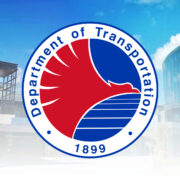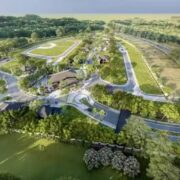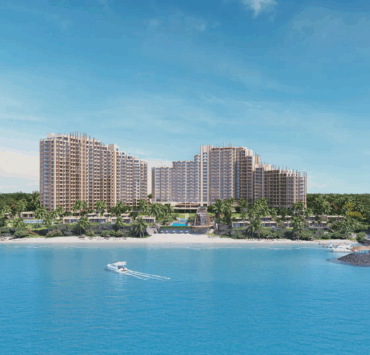What’s to boast about the coast?
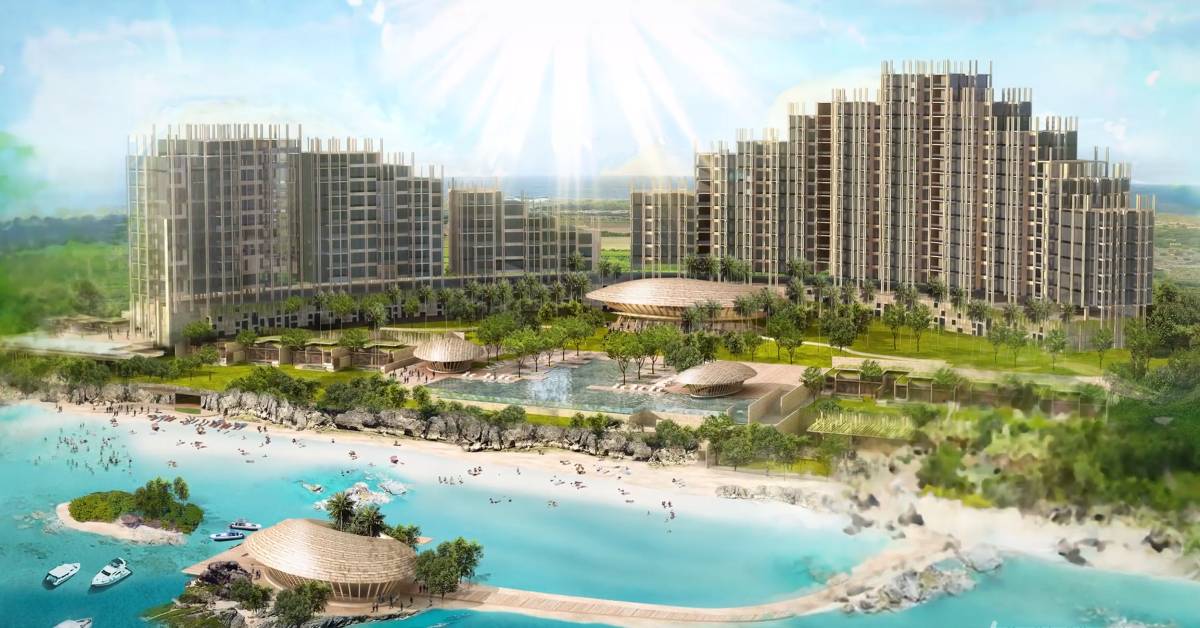
Romantic beach strolls, fresh seafood, and exceptional sunsets—what’s not to love about living next to the ocean? Offering many health benefits, coastal communities are the epitome of living in paradise.
Today, let us explore recent developments, which allow many coastal communities to thrive even in the face of climate change. Here are some of the modern approaches people have done to make coastal communities a better and safer place to call home.
Disaster education and preparedness
In the Philippines, automatic flood warning devices are now placed along the banks of vulnerable communities. Early warning systems, in particular, are prioritized to serve as a preventive measure.
Our country takes into account several factors in developing these warning systems. Disaster risk knowledge takes precedence and is based on the systematic collection of data.
Detection, monitoring and assessment of possible hazards are then identified. Once the risks are confirmed, warnings are disseminated by local officials.
Lastly, preparations are done at all levels of the community. These various steps ensure that the whole community adequately protects itself even before the calamity strikes.
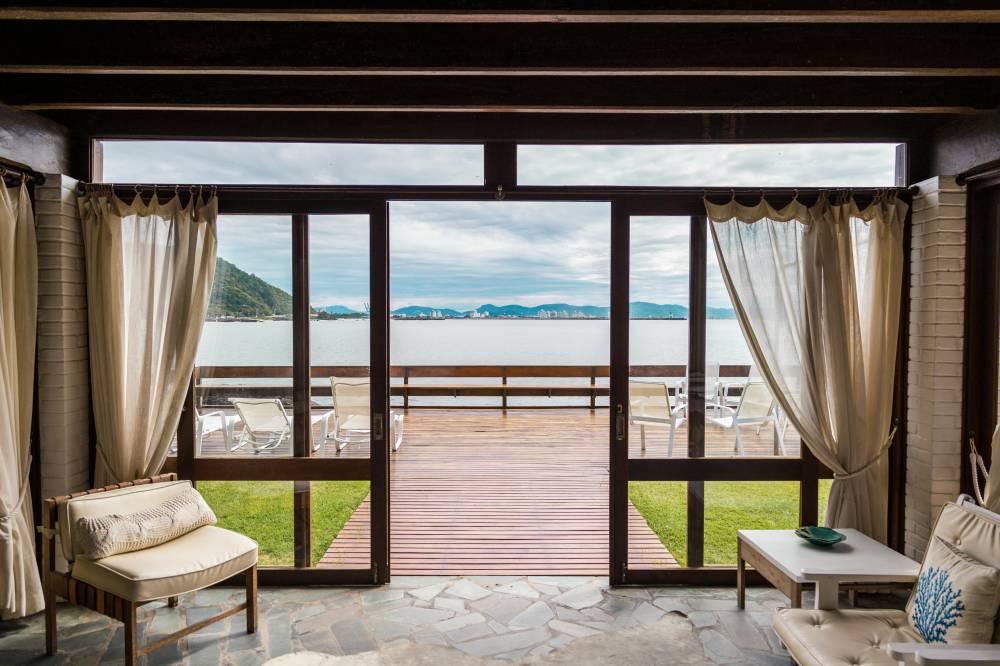
Coastal greenbelts
Another way coastal communities mitigate the threat of damage from natural calamities is by establishing coastal greenbelts. Either natural or manmade, coastal greenbelts are strips of vegetation that are created along coastlines.
In the Philippines, these often refer to mangroves and beach forests. They serve as an effective barrier in protecting communities from water-related catastrophes. They also help maintain natural ecosystems by serving as habitats to migratory birds and fish.
Various senate bills have been authored to protect coastal greenbelts across the Philippines. Local governments are encouraged by the national government to develop coastal greenbelts to protect communities in times of disasters and provide food security.
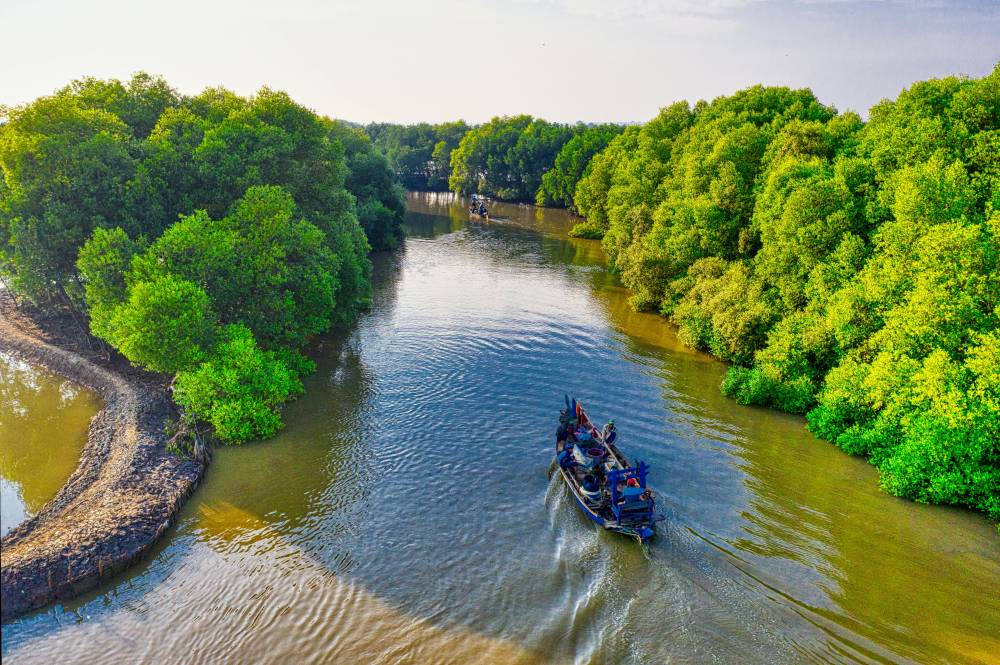
Sustainability and safety
Lastly, one of the best ways coastal communities protect themselves from natural disasters is by practicing sustainable habits.
From taking care of mangroves to keeping the ocean clean, community efforts to protect the environment help ensure safety in times of trouble.
Other sustainable initiatives help protect the natural landscape. Developers that take into consideration environment-friendly design help ensure the safety of their planned communities.
To exemplify, Rockwell Land uses sustainable materials and energy-efficient systems to reduce energy consumption, minimize trash and reduce water consumption in their coastal project Aruga Resort and Residences-Mactan.
The creation of green spaces, like landscaped gardens and outdoor recreational spaces, can also help. Besides promoting health and wellness, they serve as buffers to protect the residences from the worst of the weather.
Bliss by the beach
Overall, coastal communities are some of the best places to live in. While natural calamities are sometimes unpredictable, the development of early warning systems, disaster resilience measures and natural buffers help ensure the safety of these neighborhoods.
Don’t be afraid to chase your happiness in a beachside home. Check out a coastal community and enjoy life by the beach today.
References: Leonardo Rossatti, Jonathan Borba, and Tom Fisk via pexels.com; https://e-rockwell.com; https://richestph.com; https://resilientphilippines.com
A Filipino architect who has a Master's Degree in Interior Design of Commercial Spaces from IED Barcelona, Spain and with twelve years' worth of experience under the tutelage of Filipino architectural firms.









